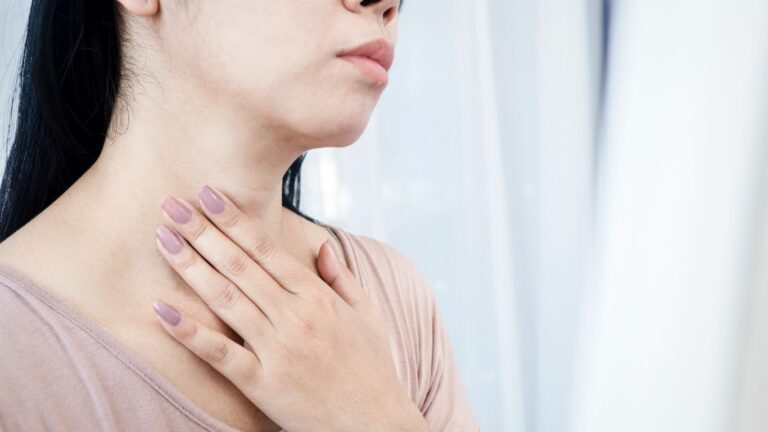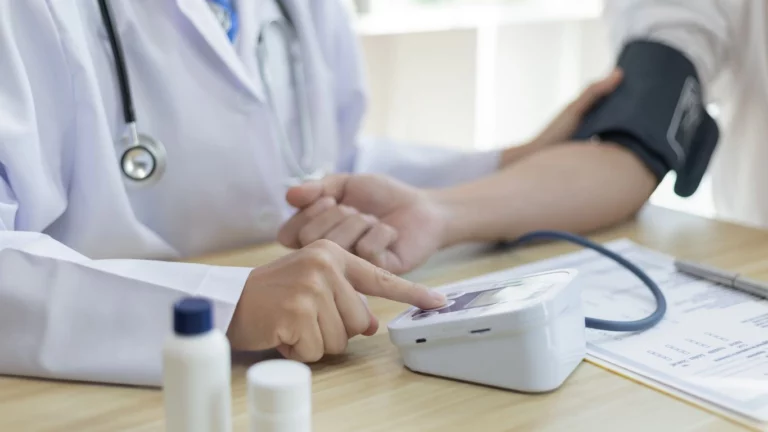Why Morning Hypertension Spikes Can Be Dangerous
Ever wake up feeling a little “off,” only to check your blood pressure and see that it’s unexpectedly high? You’re not alone. Many people with high blood pressure (hypertension) notice a surprising spike first thing in the morning—even if things looked fine the night before.
This can be confusing, even scary. But there’s a good reason why it happens, and the more you understand it, the better you can manage it. Let’s walk through what causes these morning blood pressure surges, and what you can do to help keep your numbers in check.
What Is Morning Hypertension?
Morning hypertension refers to a noticeable rise in blood pressure during the first few hours after waking up. For many people, blood pressure tends to be lowest at night while sleeping. Then, around 6–10 AM, it naturally starts to climb as part of your body’s wake-up routine.
This increase is known as the “morning surge.” It’s a normal rhythm, but in people with high blood pressure or other heart risk factors, that surge can go too high—sometimes dangerously so. That’s when it becomes a concern.
Why Does It Happen?
Several body systems work together to get us up and going in the morning, and they can also affect blood pressure:
- Hormonal shifts: Your body releases hormones like cortisol and adrenaline early in the day to help you wake up. These hormones raise your heart rate and narrow your blood vessels, which boosts blood pressure.
- Overactive nervous system: If your sympathetic nervous system (your “fight or flight” system) is overly active, it can contribute to sharp spikes in BP after waking.
- Poor sleep quality: Sleep disorders like sleep apnea can prevent your blood pressure from dipping overnight, leading to higher morning readings.
- Medication timing: If your blood pressure medication wears off overnight, your morning readings may climb before your next dose kicks in.
Dr. Sheldon Sheps, MD, from Mayo Clinic, explains: “Blood pressure follows a daily pattern. It’s usually higher in the morning and lower at night. But if the morning increase is too steep, it raises the risk of heart attack and stroke.”
Foods and Lifestyle Habits to Help Manage Morning Spikes
The good news? Small lifestyle changes can make a big difference. Let’s go over some food choices and habits that may help flatten those morning surges—backed by science and experience.
-
Eat potassium-rich foods
Potassium helps balance the effects of sodium and eases tension in blood vessel walls. Try including:- Bananas
- Sweet potatoes
- Avocados
- Spinach
Tip: Add a banana or a handful of spinach to your morning smoothie or eggs for a heart-friendly start.
-
Reduce salt intake—especially at night
Too much sodium can lead to fluid retention and higher morning BP. Avoid heavy, salty dinners and processed snacks.Tip: Try seasoning with herbs and lemon juice instead of salt. Look for “low-sodium” labels when grocery shopping.
-
Stay hydrated
Dehydration overnight can concentrate your blood and raise pressure. A glass of water first thing can help.Tip: Keep a water bottle by your bed and drink a full glass upon waking.
-
Exercise regularly—but time it right
Physical activity helps lower blood pressure overall. However, intense exercise first thing in the morning might worsen a surge.Tip: If you’re prone to morning spikes, schedule your workouts for mid-morning or late afternoon instead.
-
Limit caffeine in the early hours
For sensitive individuals, that first strong cup of coffee can trigger a blood pressure spike.Tip: Try half-caff or herbal teas, and see how your body responds.
-
Stick to a regular sleep schedule
Irregular sleep can disrupt your natural BP rhythms. A consistent bedtime and wake-up time help your body regulate better.Tip: Aim for 7–9 hours of quality sleep per night. Wind down without screens and avoid caffeine in the evening.
-
Take medications as directed—ask about nighttime dosing
Some people benefit from taking part of their BP meds at night to prevent morning surges.Tip: Always talk to your doctor before changing when or how you take your medications.
Expert insight: According to a 2023 article in the journal Hypertension, chronotherapy—timing medications based on circadian rhythms—may significantly reduce cardiovascular risk in patients with morning hypertension. But this should be guided by a healthcare provider.
Extra Tips You Might Not Have Tried
-
Try breathing exercises or meditation right after waking
Slow, deep breathing can activate your parasympathetic nervous system, helping bring down early BP.Note: This isn’t a cure, but it’s a gentle and calming way to start your day.
-
Elevate your head slightly while sleeping
Some people find that sleeping with their head slightly raised prevents fluid buildup and helps morning BP stay lower.Tip: Use an extra pillow or a wedge cushion. It’s a small change that might help.
-
Keep a morning BP journal
Tracking your numbers over time can help you and your doctor spot patterns and fine-tune your routine.Reminder: Take readings before eating or taking meds, and always use the same arm for consistency.
Conclusion: Everyone’s Body Is Different
If you’ve noticed morning blood pressure spikes, don’t panic—but don’t ignore them either. They’re a sign your body might need a little extra care in the early hours. With the right combination of diet, habits, and possibly medication adjustments, you can often get them under control.
Remember, what works for one person might not work for another. Your health is unique. Always work with your doctor or a licensed healthcare provider to create a plan tailored to your needs. Think of this not as a one-size-fits-all fix, but as a supportive guide to help you feel more empowered—and less anxious—about your mornings.
As always, if you’re unsure about any new routine or symptom, it’s worth picking up the phone and checking in with your healthcare provider. A little advice can go a long way.

Dr. Gwenna Aazee is a board-certified Internal Medicine Physician with a special focus on hypertension management, chronic disease prevention, and patient education. With years of experience in both clinical practice and medical writing, she’s passionate about turning evidence-based medicine into accessible, actionable advice. Through her work at Healthusias.com, Dr. Aazee empowers readers to take charge of their health with confidence and clarity. Off the clock, she enjoys deep dives into nutrition research, long walks with her rescue pup, and simplifying medical jargon one article at a time.






